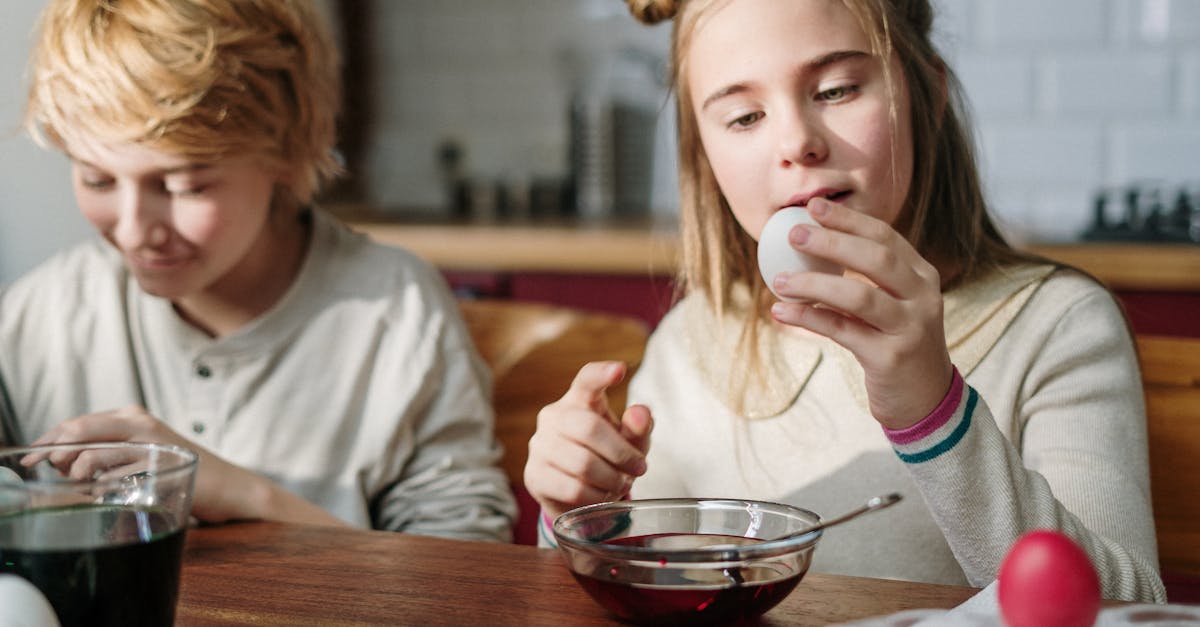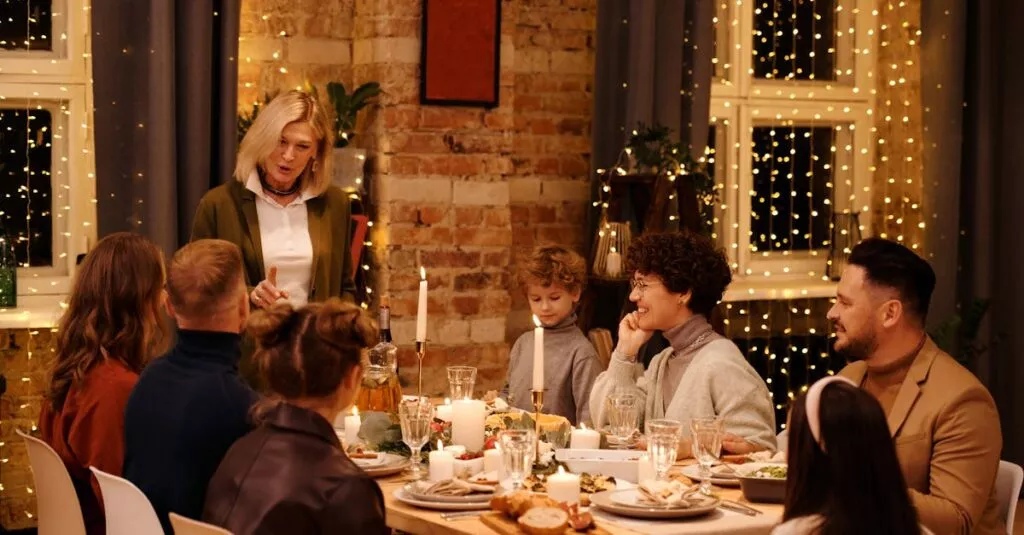Start Everyday with Gratitude
Begin the day with a thankful heart! Mornings set the tone for the rest of the day, so start with gratitude. A simple ‘thank you, God, for this day’ can make all the difference.
You can create a gratitude jar and write down things you are grateful for. This visual tool not only instills the habit but also reinforces the concept of thankfulness. Plus, it’s a fun craft project! Engage them by helping them drop in notes about things they love – they’ll be more involved and excited.

Fun Thanksgiving Crafts
Who said thankfulness can’t be fun? Engage your pre-schoolers with creative Thanksgiving crafts. Hand turkeys or thank-you cards are a hit! These activities allow them to express gratitude through art. During craft time, speak about the importance of each item. For example, when making a hand turkey, talk about why we are thankful for our hands. Encourage them to gift their crafts to family and friends, spreading the joy!

Practice Thankfulness Together
Modeling behavior speaks louder than words. Practice thankfulness with your child by openly expressing it. Say thank you to family members and caregivers in front of them. When your child sees you being grateful, they’re more likely to mimic it. Additionally, make a habit of sharing what you’re grateful for during meals. Introduce dinner table conversations centered around thankfulness, where everyone shares something good about their day.

Remember, teaching thankfulness is a continuous process that requires patience and consistency. By incorporating these practices into your daily routine, you can instill a sense of gratitude in your child that will stay with them for a lifetime.
Thankful Bedtime Stories
Storytime is a cherished time for parents and kids alike. Make bedtime stories a thankfulness-themed time. Use stories like ‘The Giving Tree’ or ‘Thank You, God, for Everything’ to illustrate gratitude. These stories leave a lasting impact and make the idea of gratitude relatable. Add characters they love and scenarios they understand to make the message stick. Discuss the story afterward to drive home the lesson.

Lead by Example
Children emulate their parent’s behavior. Show them what being thankful looks like in everyday actions. From saying grace before meals to thanking God in evening prayers, being a role model is crucial.
Simple acts like expressing thanks to the cashier at the grocery store, or writing thank-you cards for gifts, are everyday opportunities to showcase gratitude. Your consistent behavior will teach them to appreciate the little things.

The Power of Prayer
Incorporate prayer to teach gratitude. Short, simple prayers that express thanks for daily blessings are effective. Encourage them to say their own prayers, thanking God for everything from toys to playdates. Praying together reinforces the practice. It instills a sense of peace and develops a thankful heart. Let them lead sometimes – their innocent gratitude will warm your heart. This practice will also strengthen their faith.
Addressing Common Emotional Challenges
It’s normal for preschoolers to have big emotions. Addressing feelings of jealousy or greed can be a challenge. When your child feels upset, use it as a teachable moment. Empathize with their feelings and gently guide them towards thankfulness. For example, when they want a toy another child has, redirect the conversation to focus on toys they already have and love. This shift can turn frustration into gratitude. Encourage them to verbalize what they’re thankful for, which can defuse negative emotions.

Addressing these emotions early on can help children develop emotional intelligence and strengthen their ability to cope with challenges as they grow.
